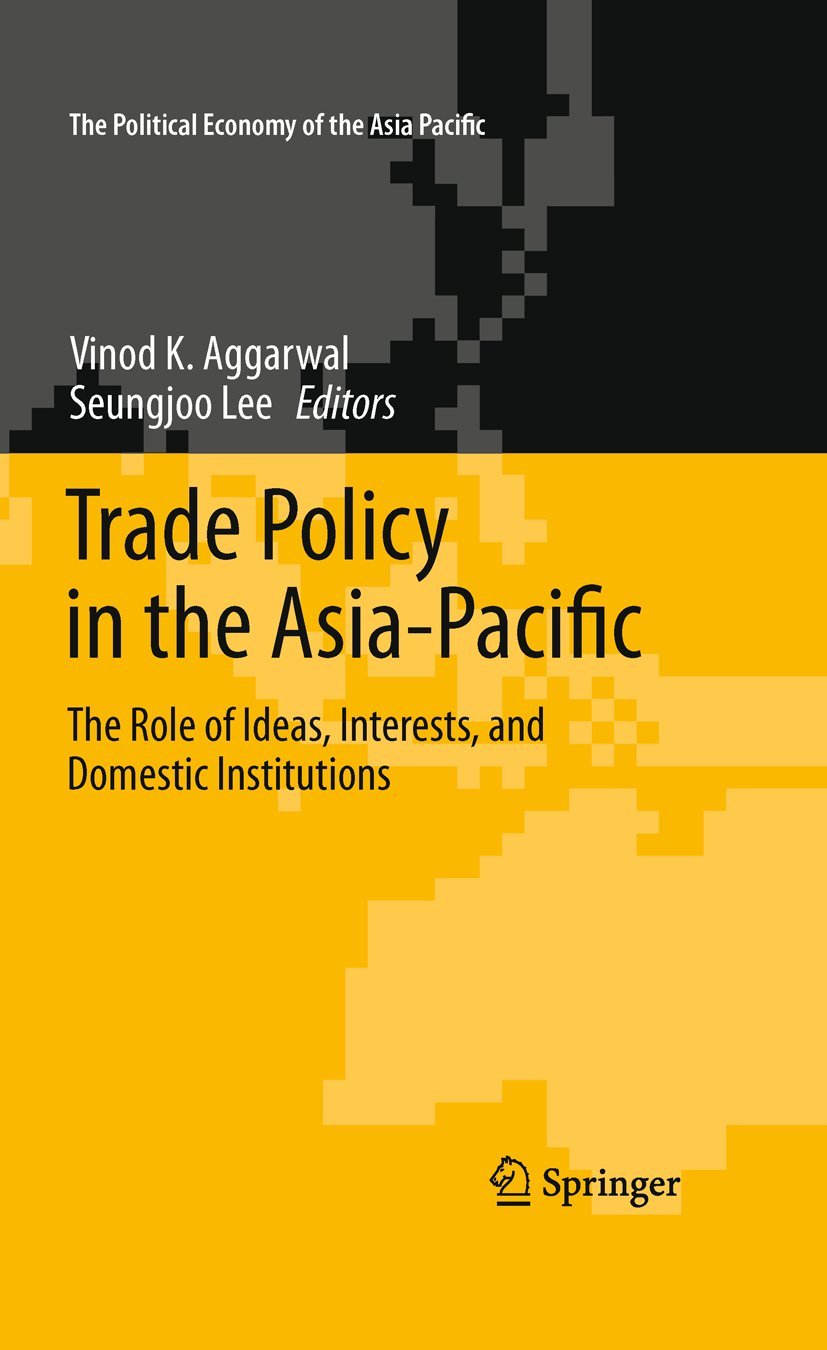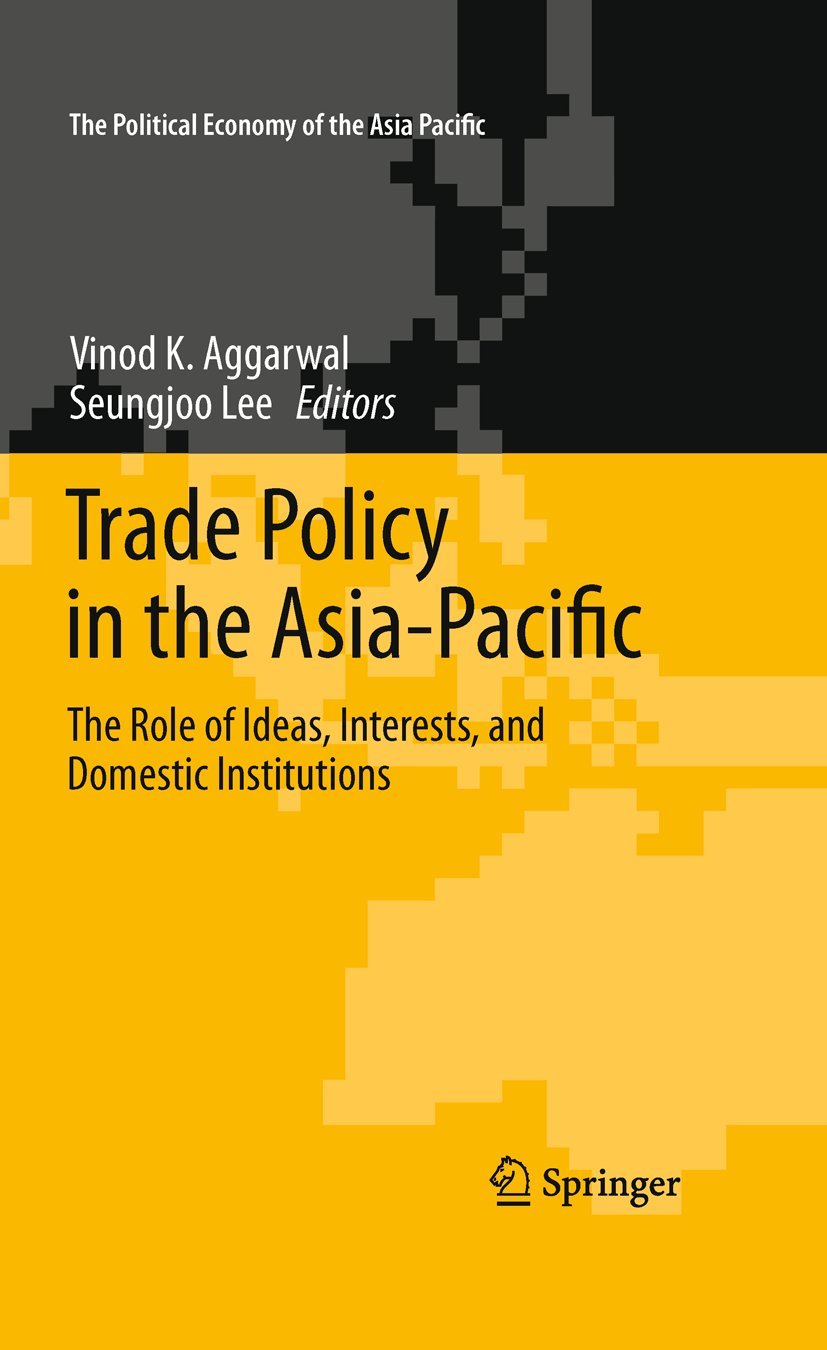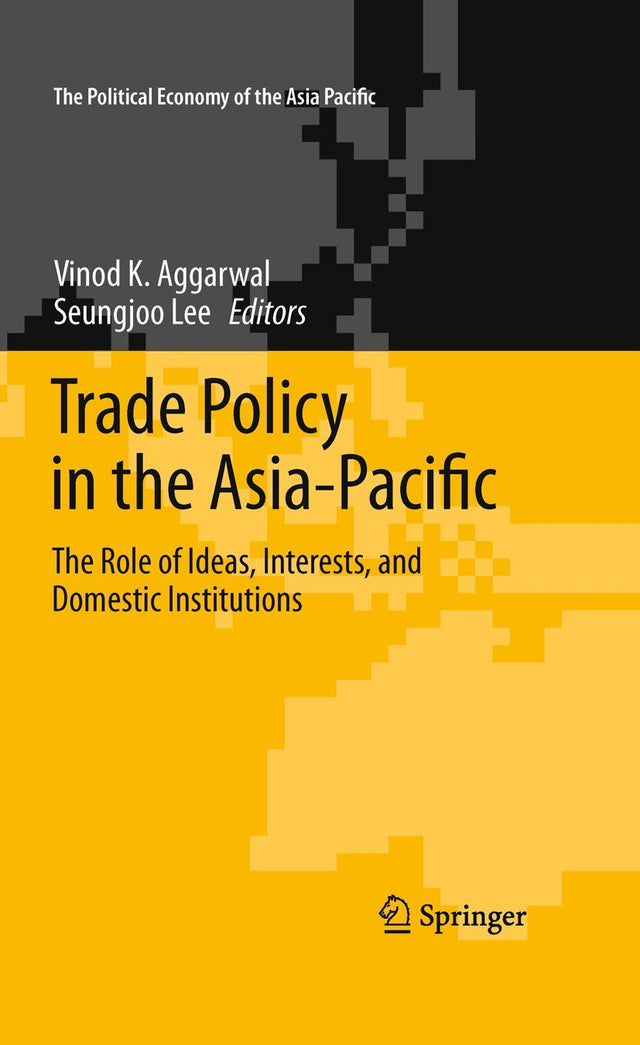Trade Policy in the Asia-Pacific: The Role of Ideas, Interests, and Domestic Institutions: 0 (The Political Economy of the Asia Pacific)
Trade Policy in the Asia-Pacific: The Role of Ideas, Interests, and Domestic Institutions: 0 (The Political Economy of the Asia Pacific) is backordered and will ship as soon as it is back in stock.
Couldn't load pickup availability
Genuine Products Guarantee
Genuine Products Guarantee
We guarantee 100% genuine products, and if proven otherwise, we will compensate you with 10 times the product's cost.
Delivery and Shipping
Delivery and Shipping
Products are generally ready for dispatch within 1 day and typically reach you in 3 to 5 days.
Book Details
-
Author: Aggarwal, Vinod K.
-
Binding: Hardcover
-
ISBN: 9781441968326
-
Edition: 2011
-
Number of Pages: 158
-
Release Date: 11-11-2010
-
Package Dimensions: 9.3 x 6.2 x 0.7 inches
-
Languages: English
About the Book
East Asian Regionalism and the U.S. Trade Policy by Vinod K. Aggarwal offers an in-depth exploration of the formal economic institutionalization occurring in East Asia, with a particular focus on the network of bilateral and minilateral preferential trade agreements emerging in the region. While much of the scholarly work on East Asian regionalism tends to focus on international political and economic factors—such as the end of the Cold War, the Asian financial crisis, and the Sino-Japanese rivalry—Aggarwal emphasizes the domestic politics that often shape the region's trade strategies.
This book stands out by examining the strategies of individual actors, such as government agencies, business groups, labor unions, and NGOs in East Asia, alongside the more commonly studied international factors. It also critiques the tendency of many studies to conflate different types of trade agreements, urging a more nuanced approach to understanding bilateral, minilateral, and transregional agreements.
Aggarwal’s analysis uses a domestic bargaining game approach, focusing on the interplay of interests, ideas, and domestic institutions within broader international shifts. By exploring how subnational actors lobby their governments and link with other regional stakeholders, this book presents a clearer understanding of the historical trends that have shaped East Asian trade policy.
With contributions from leading experts in the field, this work is an invaluable resource for scholars of East Asian and comparative regionalism, policy-makers involved in international trade, and those seeking to understand the emerging trade institutional landscape in the Asia-Pacific.





